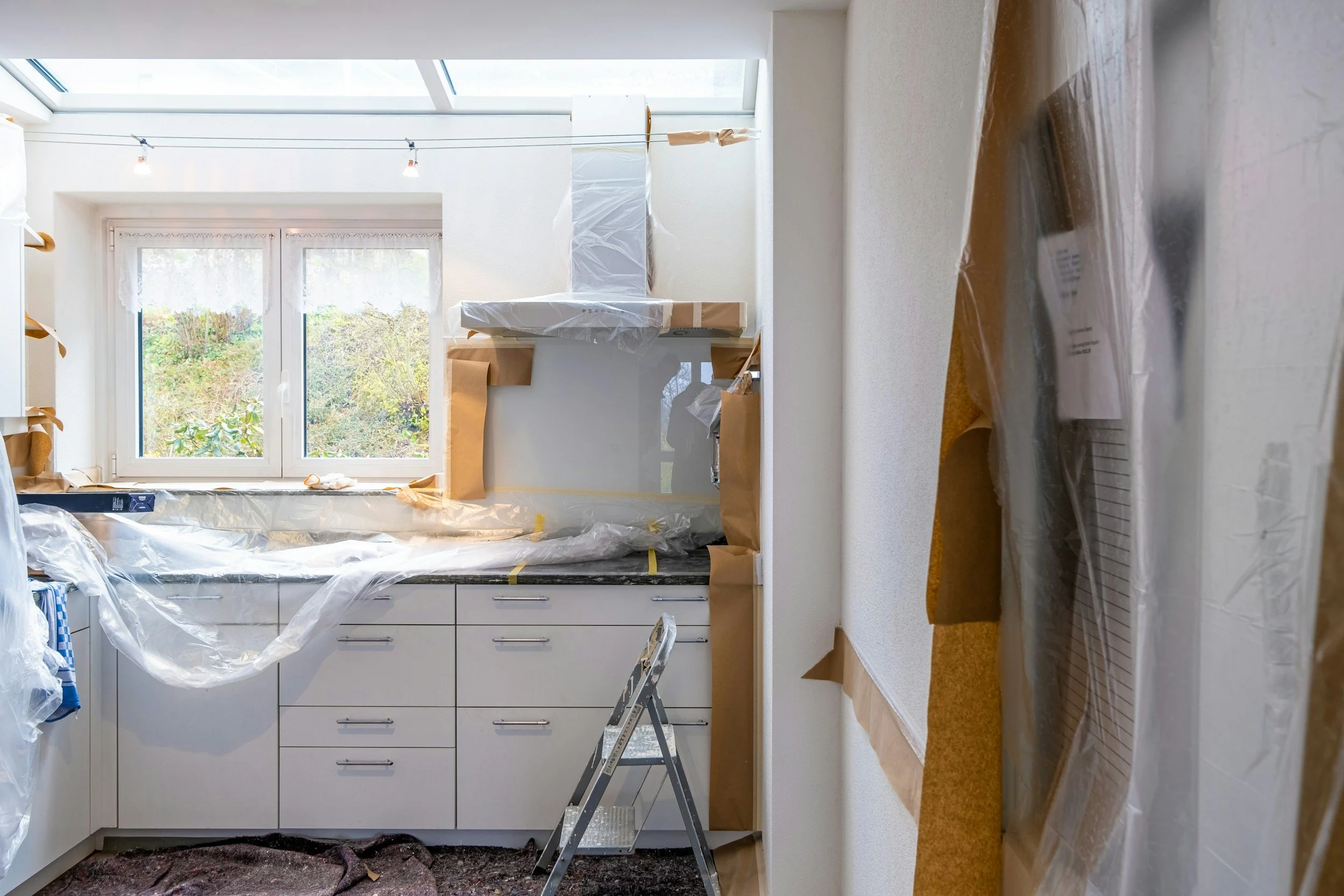How to Budget for a Home Renovation
One of the biggest fears homeowners face before starting a renovation is the budget. You’veprobably heard the horror stories — a kitchen that was supposed to cost $75,000 ends up at$120,000, or a bathroom renovation that drags on for months while the invoices keep piling up.
The truth is: most budget “disasters” don’t come from homeowners spending too much. Theycome from poor planning, lack of transparency, and unclear expectations. The good news?With the right approach, you can set a renovation budget that’s realistic, flexible, and stress-free.
This guide will show you how.
1. Understand What Renovations Really Cost
The first step is grounding your expectations in reality. Renovations in Vancouver (and similarhigh-demand markets) cost more than national averages because of labor rates, material costs,and permit requirements.
Here are realistic ranges:
Bathroom renovation: $30,000–$60,000+
Kitchen renovation: $65,000–$125,000+
Interior renovations: $200–$300 per square foot
Additions: Often more than interiors due to foundation, roofing, and engineering
These numbers aren’t inflated — they’re what you should expect if you want quality work doneto code.
The key isn’t finding someone who promises it for half the price. It’s building a budget that accounts for what you want, where you live, and what’s possible.
2. Choose the Right Contract Type
How your contractor structures pricing makes a huge difference.• Fixed-Price Contracts: You get one number upfront, but it usually hides a large contingency. The contractor guesses what “unknowns” might cost and builds it in. Ifthose issues don’t appear, they keep the profit. You may also get stuck with vague allowances that limit your material choices.
Fixed-Price Contracts: You get one number upfront, but it usually hides a largecontingency. The contractor guesses what “unknowns” might cost and builds it in. Ifthose issues don’t appear, they keep the profit. You may also get stuck with vagueallowances that limit your material choices.
Cost-Plus Contracts: You pay the actual cost of labor and materials plus atransparent fee. No inflated contingencies, no hidden profit margins. You see theinvoices, you decide where to spend or save.
Example: In a fixed-price contract, you might have a $15,000 “allowance” for cabinets. Butif you want $40,000 worth of custom cabinetry, you’re suddenly hit with a massive change order.With cost-plus, you make that choice upfront — no surprises.
At Roka Projects, we exclusively use cost-plus contracts because they keep budgets fair, flexible,and transparent.
3. Evaluate Their Pricing Model
This is one of the biggest red flags to watch for. Contractors usually offer two pricing models:
Fixed-Price Contracts – They give you one number upfront. Sounds safe, right? Except that number includes large contingencies (padding for “what ifs”). If those issues never occur, the contractor pockets the difference. They’re also incentivized to cut corners on quality to protect their margin.
Cost-Plus Contracts – You pay for the actual cost of labor and materials plus a transparent management fee. No inflated contingencies, no vague allowances. You see where every dollar goes, and you get control over your choices.
For example: A “kitchen cabinet allowance” in a fixed-price contract might be $15,000. But what if you want $40,000 worth of custom millwork? You’re suddenly stuck with a huge change order. With cost-plus, you decide from day one whether to go with $10k prefab cabinets or $40k custom — with no surprises.
4. Plan for Contingency
No matter how carefully you plan, surprises happen. Old wiring, plumbing leaks, hidden mold — these aren’t “if,” they’re “when.”
Always set aside 10–15% of your budget for contingency.
For example, if your renovation is $150,000, plan for an extra $15,000–$22,000. If you don’t need it, great — but if you do, you’ll be prepared instead of stressed.
5. Phase Your Renovation if Needed
If your budget doesn’t stretch to everything you want, consider phasing:
Start with high-impact spaces like the kitchen or main bathroom.
Save secondary spaces (guest rooms, laundry rooms) for later.
Ensure the work is sequenced logically to avoid redoing things later.
Phasing lets you spread costs over time without compromising quality.
6. Be Realistic About Timelines
Remember: time = money. The longer a renovation drags on, the more it costs in labor, financing, and even stress.
Factors that affect budget through timeline include:
Permits (2–8 weeks depending on municipality)
Supply chain delays (appliances, custom cabinetry)
Late homeowner decisions (every delay impacts labor scheduling)
Budgeting isn’t just about dollars — it’s about scheduling decisions on time to keep costs under control.
7. Consider Financing Options
Not every homeowner has cash ready for a $200,000 renovation. Financing can be a smart way to fund the project without draining savings.
Common options:
HELOC (Home Equity Line of Credit) – Flexible borrowing, low interest.
Mortgage refinancing – Roll renovation costs into your mortgage.
Personal loans – Quick but higher interest.
Pro tip: Always match the financing term to the life of the renovation. Don’t take out a 10-year loan for a cosmetic upgrade, but a long-term HELOC makes sense for structural improvements that will last decades.
8. Get Itemized Reporting
One of the biggest frustrations in renovations is not knowing where your money went.
Demand itemized reporting:
Labor broken down by trade
Materials listed by supplier
Invoices visible to you
This is standard in cost-plus contracts and should be non-negotiable.
Final Thoughts
udgeting isn’t about guessing a number and hoping it works. It’s about planning, transparency, and flexibility. With the right contractor and the right approach, you can create a budget that supports your vision without nasty surprises.
Ready to start budgeting your renovation with confidence? Contact Roka Projects to explore your options.
Additional FAQs
-
Yes, but you’ll need to prioritize scope and finishes carefully. Focus on essentials and consider phasing.
-
Choose a cost-plus contract, make timely decisions, and plan for contingency.
-
It depends on your long-term goals and comfort with debt. Many homeowners combine both.





